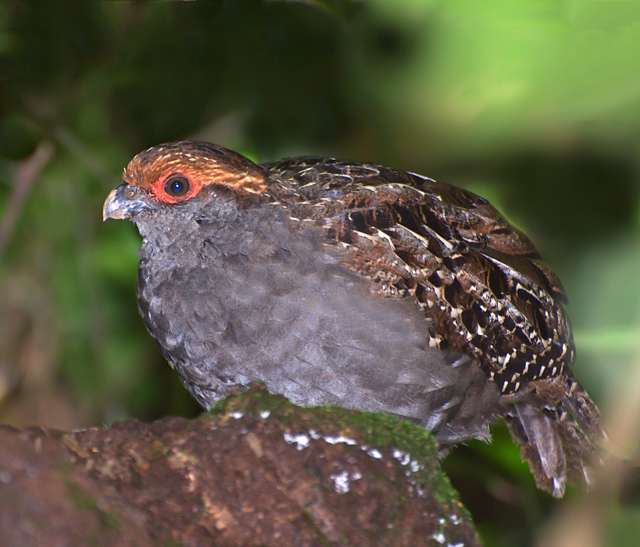
Odontophorus columbianus
TAXONOMY
Odontophorus columbianus Gould, 1850, Caracas, Venezuela.
Monotypic.
OTHER COMMON NAMES
French: Tocro du Venezuela; German: Venezuelawachtel;
Spanish: Perdiz montaсera.
PHYSICAL CHARACTERISTICS
This is a medium sized species ranging 11–12 in (28–30 cm) in
length and with estimated weight of males about 12 oz (343 g)
and 11 oz (336 g) for females. This species has a low brownish
crest and general body color of reddish brown. The throat is
white with black streaks. The breast is covered by distinct
white teardrops outlined in black. The bill is black and the legs
dark gray.
DISTRIBUTION
Restricted
DISTRIBUTION
in remnant forests in the northern
coastal mountains west of Caracas, Venezuela and the northern-
most tip of the Andes in northwestern Venezuela. Found
in Henri Pittier and San Esteban National Parks.
HABITAT
Found in montane subtropical forests at altitudes of
2,950–7,900 ft (900–2,400 m). A recent study found that foraging
HABITAT
was usually associated with areas containing high
numbers of monocots, high vertical foliage density and low frequency
of palms.
BEHAVIOR
Like most of the other New World quails this species is found
in coveys which are thought to be family groups. Group size in
ranges from two to five individuals with one survey reporting
an average group size of 4.5. Coveys are quite vocal and loud
during early morning choruses. This might be for territory establishment
and maintenance. When feeding they make a
quiet, “gьp-gьp” call. Although almost always observed on the
ground even when roosting, they have been observed roosting
on palm fronds above the ground.
FEEDING ECOLOGY AND DIET
Little information available, but they have are suspected to
feed on seeds, fruits, insects, and worms. They typically forage
as a group working through the litter on the forest floor. They
have been observed digging along the edges of surface roots
and feeding on fleshy bits of the root.
REPRODUCTIVE BIOLOGY
Little is known and only one nest has been described. Breeding
season appears to run from March to July which corresponds
to the wet season. The single nest was found at the base of
palms and contained a roof of vegetation. It contained a clutch
of six eggs and was incubated for 30 days.
CONSERVATION STATUS
Considered Near Threatened because it occurs in several large
national parks, most notably Henri Pittier National Park.
However, populations and
DISTRIBUTION
have probably declined
significantly as forests outside of the parks have been converted
to agriculture and urban uses. Limited research suggests that
there might be a decline in the population in the vicinity of
Rancho Grande in Pittier National Park due to increasing
tourism and vehicle traffic.
SIGNIFICANCE TO HUMANS
Because of its limited
DISTRIBUTION
and population, it is not an
important species to humans. It may be opportunistically harvested
by subsistence hunters who are hunting in remnant forest
patches, and in the vicinity of the national parks.
Photo Gallery of - Venezuelan wood-quail
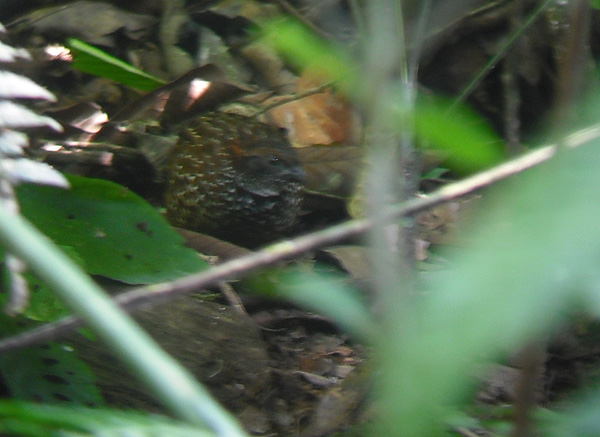
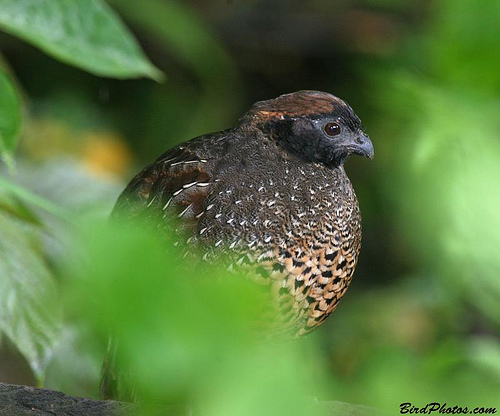
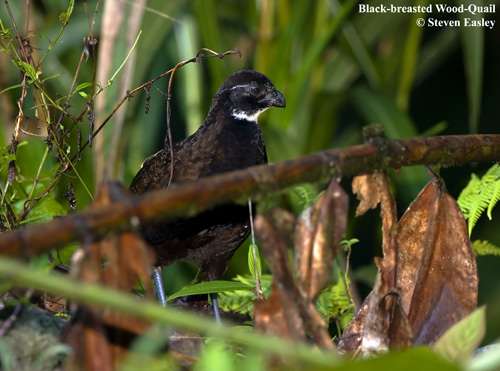
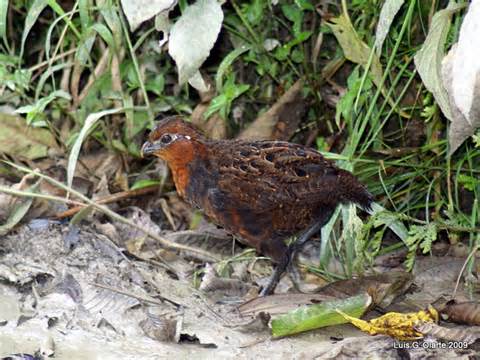
 Animalia Life
Animalia Life